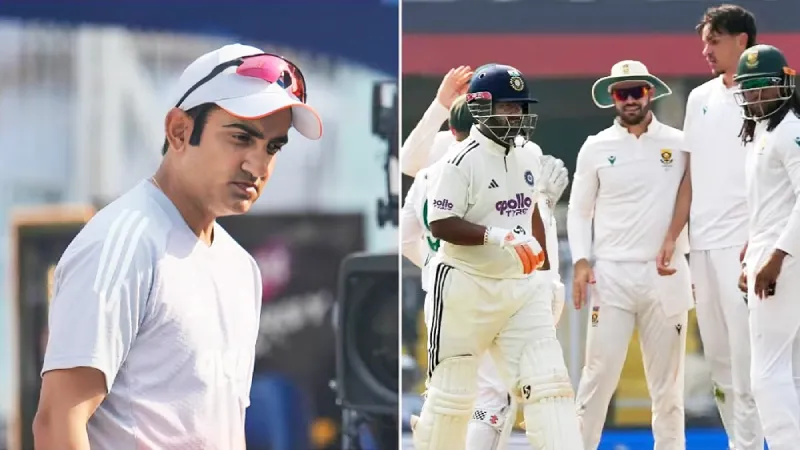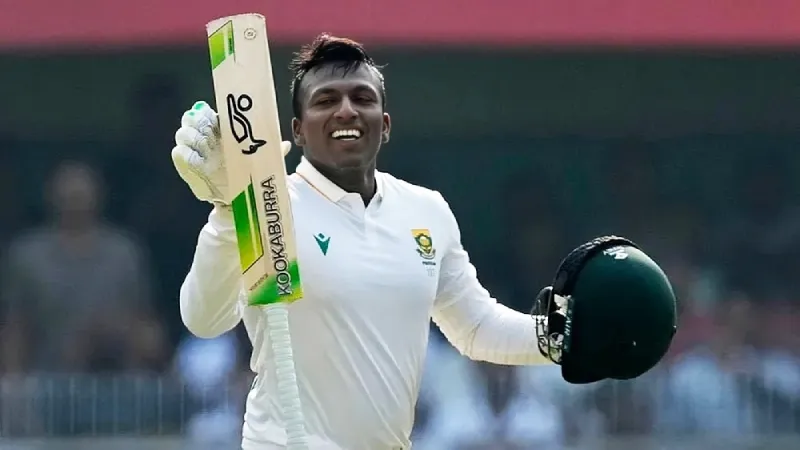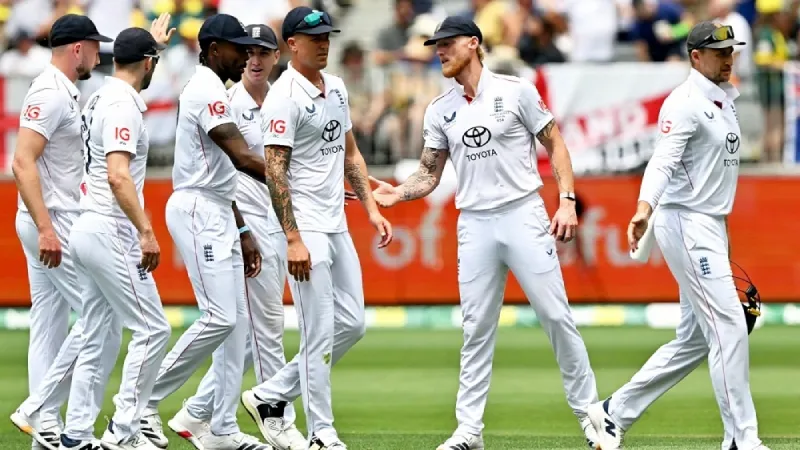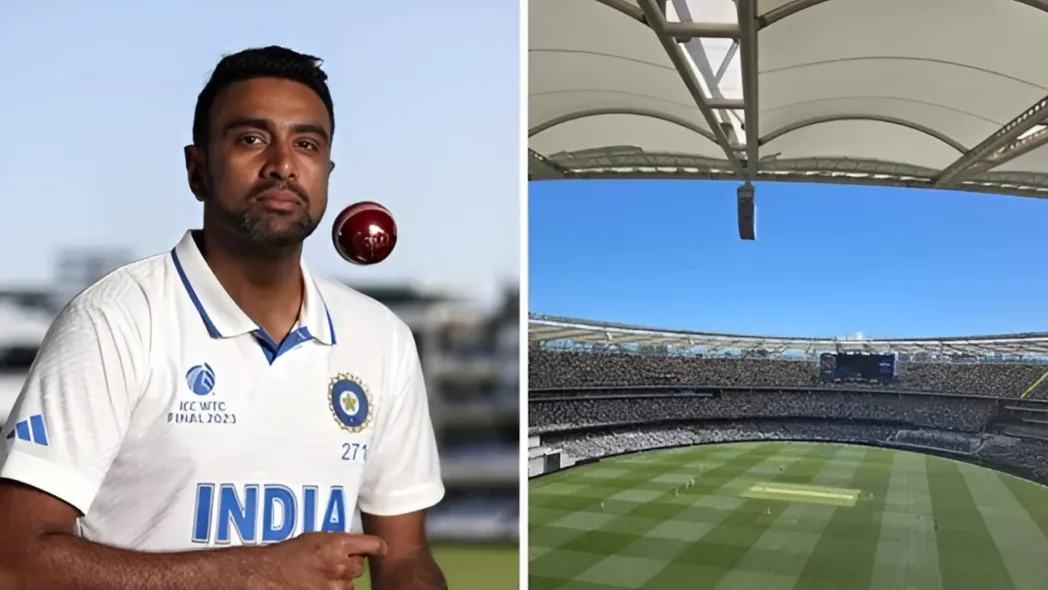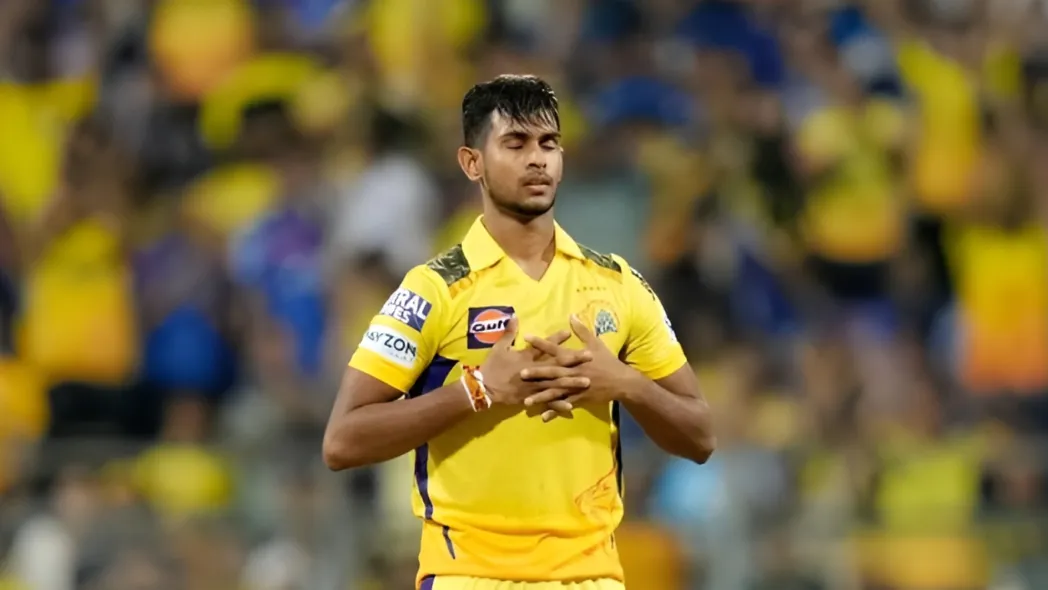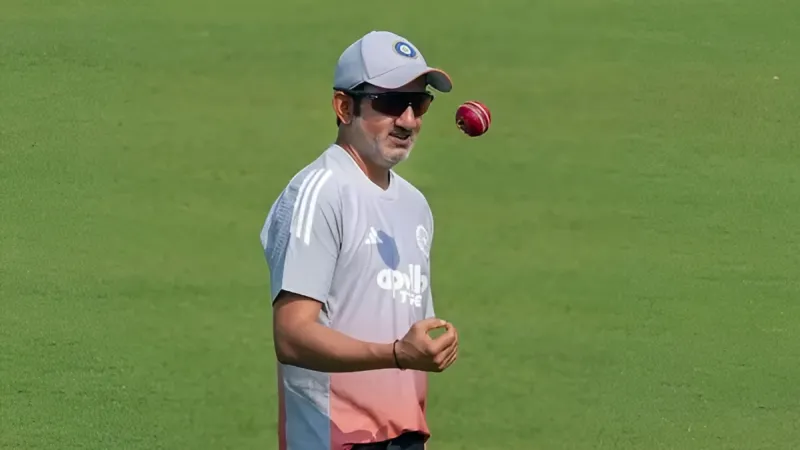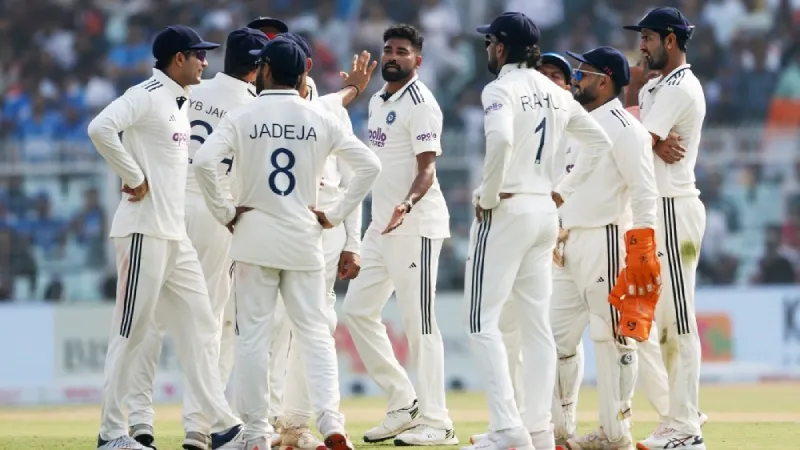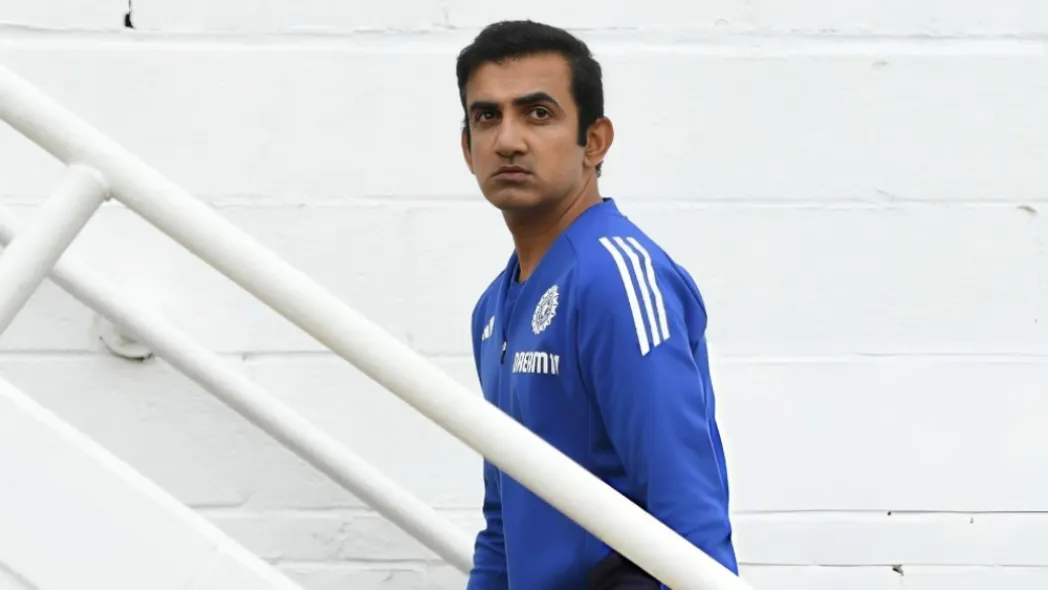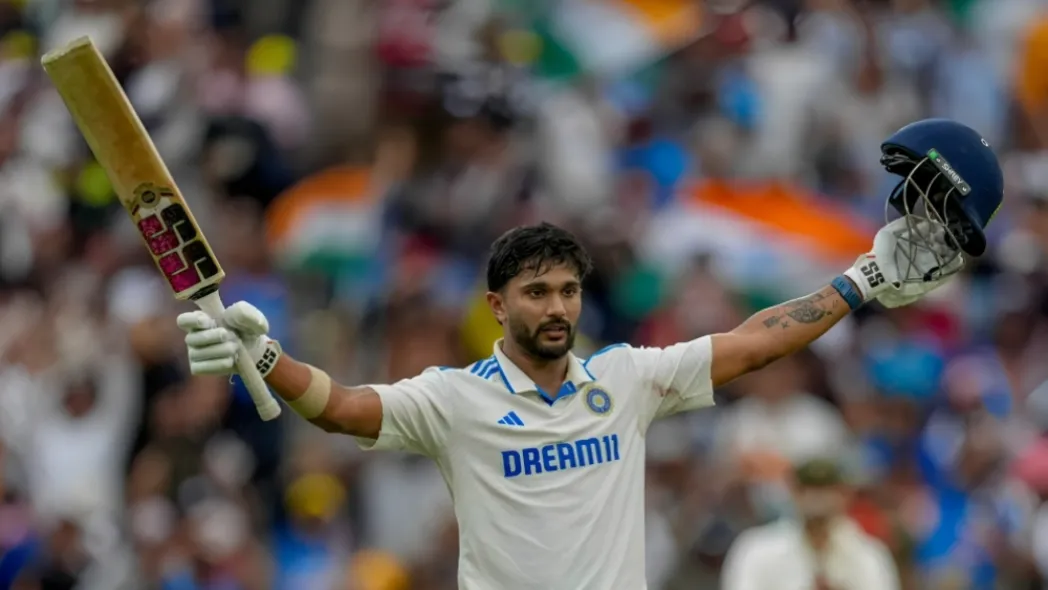The strangest thing about Australia’s thumping two-day win over England in Perth wasn’t the margin; it was the timing. For once, victory came too early. Pat Cummins, meant to bowl a crucial rehab spell on day four, suddenly had no day four to work with. The captain, who wasn’t actually captaining because Steve Smith had the reins, spent the week bowling at near full tilt in Perth’s nets, troubling top-order batters and looking every bit like a man itching to return.
A lumbar stress injury kept him out of the opener, but not out of sight. He travelled with the team, bowled aggressively, and left coach Andrew McDonald repeating the same cautiously optimistic line: nearing completion. The early win helps Australia breathe easier, but it also interrupts Cummins’ carefully structured recovery plan.
Australia’s Win Creates an Unexpected Dilemma
The dominant victory was supposed to simplify everything. Instead, it delayed Cummins’ carefully scheduled workloads, pushing a planned Monday bowl to Tuesday and leaving selectors guessing whether he’ll cross the line by the eve of the Gabba Test. Smith’s win removed “we-must-play-him” pressure, but the medical timeline hasn’t changed. McDonald called it a genuine discussion, coach-speak for: We’re flying blind until the last minute.
Boland’s Redemption Highlights Coaching Misread
Scott Boland’s match was a two-act play. Day one: driven repeatedly down the ground, conceding 62 off 10 overs as England targeted his fuller lengths. Day two: a four-over spell of 3-3 that snapped England’s spine. McDonald admitted the staff may have erred tactically, “maybe we got that wrong,” forcing Boland into plans that didn’t suit him. Once swing returned, Boland returned to the ruthless seven-to-eight-metre channel that made him a cult figure. Suddenly, the Test turned.
Hazlewood’s Recovery Adds Late-Series Intrigue
Rumours that Hazlewood was out for the entire Ashes evaporated with McDonald’s chuckle. The hamstring isn’t catastrophic; the timeline is simply slow. He’s targeting involvement “towards the back end,” which means Australia might finish the series with more bowling options than they start with. For a five-Test summer, the long game matters.
The Lyon Question Becomes a Real Talking Point
Nathan Lyon’s pink-ball record and 52 wickets at the Gabba should make him undroppable. But Australia has already proven they can omit him in extreme conditions, see Jamaica, July, when he was benched for Boland. McDonald cautions against assuming another bowler-dominated Test, and with the middle sessions often benign in day-nighters, Lyon remains crucial. Yet the option to go all-seam is not off the table, another layer in this puzzle.
Cummins’ case sits right in between: physically close, strategically vital, but medically delicate. Hazlewood’s long-game recovery evokes the 2019 Ashes, where he dominated after returning mid-series. The broader theme? Perfect timing rarely exists in five-Test battles; teams must gamble with incomplete information.
Brisbane isn’t just about who’s fit; it’s about who fits the unfolding narrative. Australia can afford patience after going 1-0 up, but patience alone doesn’t win an Ashes series. Cummins’ readiness shapes the attack’s identity. Hazlewood’s timeline affects the back end. Boland’s rhythm depends on conditions and correct plans. Lyon remains the dependable anchor, unless the Gabba demands something wild.
Key Takeaway
Australia’s biggest challenge isn’t England, it’s timing their bowlers to peak together.
FAQs
- What is delaying Pat Cummins’ return?
The early finish in Perth pushed back his scheduled rehab bowling workload by a full day.
- Why did Scott Boland struggle early but dominate later?
He was instructed to bowl fuller on day one; once he returned to his natural length with more movement available, he became lethal.
- How big is England’s selection dilemma for Brisbane?
Huge their pace quartet faded dramatically, and the Gabba historically punishes pace-heavy, no-spinner lineups.


